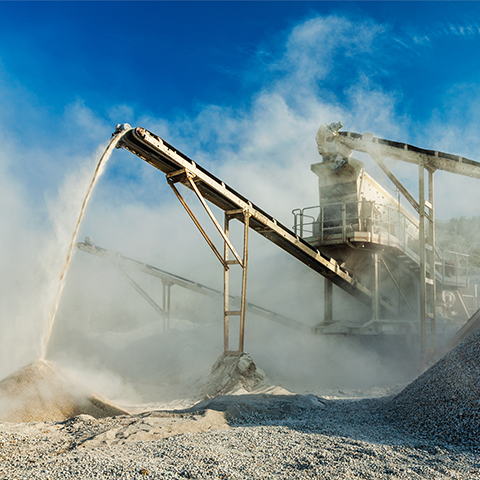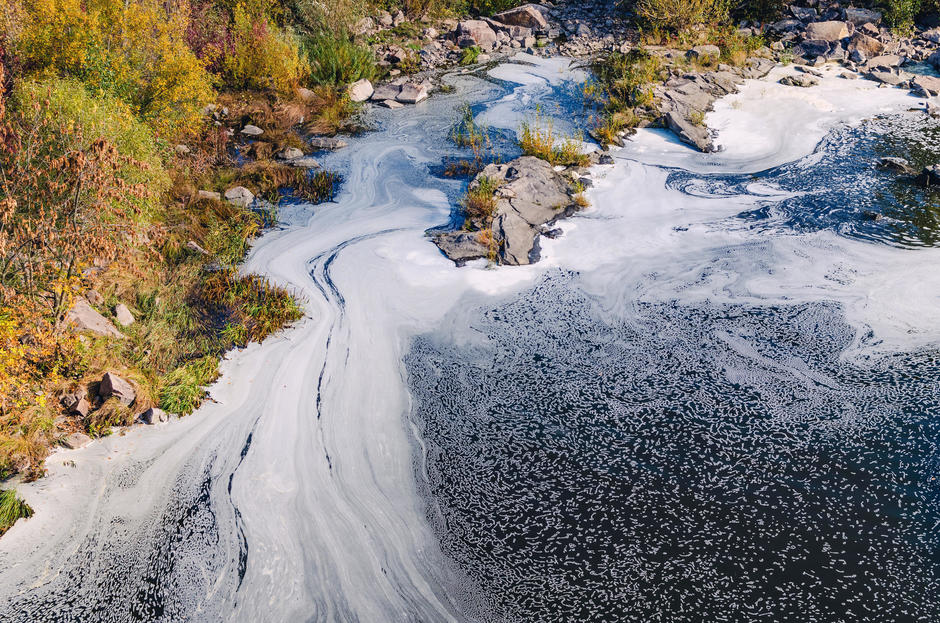Industrial effluents can often be loaded with special and complex compounds. Some of these compounds are difficult to remove and can also be harmful to the environment and living organisms if left untreated. AnoxKaldnes Tracer™ technology successfully removes compounds like glycols, cyanides, and selenium in several applications.
Download our leaflets below to learn more about the compounds that can be removed using AnoxKaldnes Tracer™ MBBR.
Bromate can be biologically reduced to bromide and can originate both from natural sources, namely seawater intrusion and sea-borne aerosols. Bromate in drinking water increases cancer risk.
Applications: Air transport, Airports, Chemicals, Municipal
Although naturally present, cyanides can be toxic and affect all living organisms, including microorganisms. It is essential to different industrial processes and products.
Applications: Power or incineration, Chemicals and polymers, Mining, Oil and Gas, Pharmaceutical
EDTA is a strong chelating agent commonly used in industries. Pulp bleaching can contaminate wastewater with EDTA and its metal compounds.
Applications: Pulp & paper, Textile, Food & beverage, Pharmaceuticals, Cosmetics
Glycols are used in applications with a focus on antifreeze and de-icing agents and solvents. Types, concentrations, loads, and plant microorganism adaptability affect biodegradability.
Applications: Air transport/airports, Chemicals, Oil and Gas
Some wastewaters have a high salinity content that is corrosive and finding suitable analytical methods for high-salt contents is challenging.
Applications: Food and beverage, Chemicals, Aquaculture, Oil and Gas, Municipal
Perchlorate occurs naturally in arid areas. However, perchloric acid and perchlorate salts are also artificially produced and used to manufacture rocket fuel, fireworks, etc.
Applications: Aerospace, Production of fireworks, ammunition, and explosives
Phenol accumulates in nature and is toxic to aquatic organisms. It is used as a feedstock to produce multiple compounds or products.
Applications: Groundwater remediation, Pharmaceuticals, Oil and Gas, Chemicals
All living organisms need selenium. Its compounds bioaccumulate in aquatic habitats and can harm creatures even at low levels.
Applications: Power/incineration, Chemicals, Mining, Oil and Gas
THF (Tetrahydrofuran) is only found in one type of evergreen trees and coffee, hence the largest contribution to THF pollution is from man-made sources.
Applications: Textile, Chemicals, Pharmaceuticals, Construction











